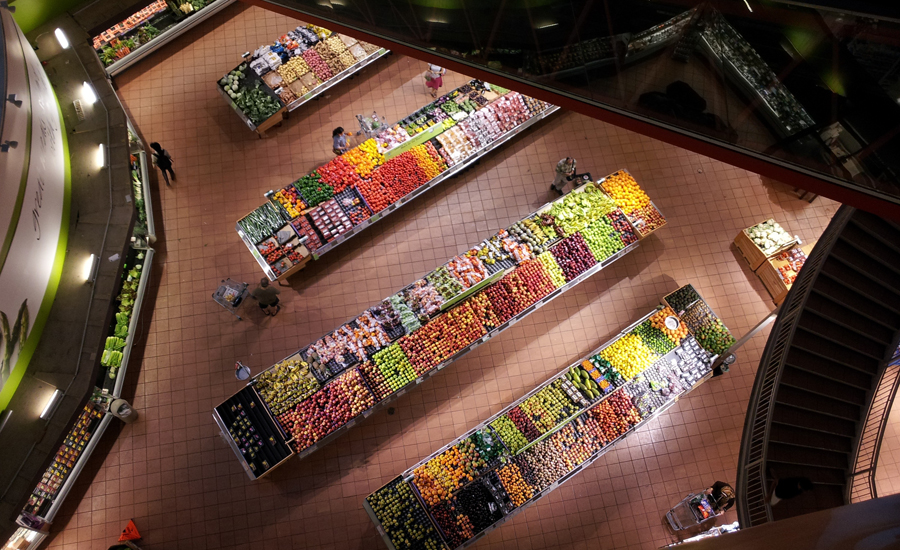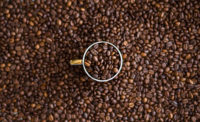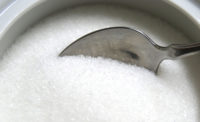Big players in the food and beverage industry are trying to do the right thing. Many companies are slimming down on ingredients, reformulating products, targeting new market segments and acquiring brands—primarily natural and organic—all in the name of appealing to constantly morphing consumer trends. But this might not be enough.
According to consumer products industry advisor Deloitte, its annual survey of more than 354 brands across 34 product categories reveals many of America’s national food and beverage household brands continue to struggle for the hearts and minds of consumers for the fifth year in a row. The “2015 American Pantry Study” was commissioned by Deloitte and conducted by an independent research company in 2015.
Nearly three in four (73 percent) of consumer packaged goods (CPG) categories show an overall decline in their brands’ “must-have” status—a consumer purchase regardless of price. However, Deloitte says this year’s study also reveals a drop in store-brands’ appeal, improved consumer perceptions of the economy and shoppers’ willingness to pay a premium for attributes such as health and convenience. These trends all signal a turning point in consumers that Deloitte says is set to further disrupt the CPG industry after years of consumer caution.
“This is a critical moment for consumer product companies,” says Barb Renner, vice chairman, Deloitte LLP. “While the majority of consumers say they are committed to sustained frugality year after year, our findings point to early signs that they may finally be responding to a belated but increasingly strong economic recovery. It creates tremendous opportunities and risks for companies in this sector, given households’ lack of commitment to national brands brought on by years of stretching dollars to the limit. Brands that get things right can use the economy’s momentum to regain their place on consumers’ shelves, but those that move too slowly could very well be left behind.”
While previous years of economic stagnation fueled consumer interest in store brands, this year’s study reveals that trend may be reversing as recession-weary consumers loosen budgets. The number of consumers who view store brands as a sacrifice (43 percent) jumped 10 percentage points; the number who indicated they are more open to trying store-branded products dropped to 65 percent, an 8 percent decline. In addition, 25 percent of respondents say they are willing to spend over 10 percent more for a new or innovative product, and 33 percent will do so for a craft version of food or beverages.
Consumers are also turning to digital tools to help them research products and compare prices. Four in 10 shoppers use devices to plan meals or make shopping lists. Deloitte says these behaviors signal multiple points to interact with people along the path to purchase outside of traditional discounts. Understanding the drivers of at-the-shelf purchases can help brands improve their promotional strategies and better connect with consumers, according to Deloitte’s study.
Roughly half of consumers make purchase decisions at the shelf, and while discounts and promotions are important, they are not the only deciding factors. When asked what triggers an impulse buy, 89 percent of shoppers cite discounted prices, but many also indicate they bought an item because they remembered it when they spotted it in the store (81 percent); nearly two-thirds (63 percent) say they did so because they wanted to try a new product.
“Although price remains the single biggest factor influencing at-the-shelf purchases, many other aspects can also catch shoppers’ attention," says Rich Nanda, principal, Deloitte Consulting LLP and co-author of the study. “CPG companies should step back and consider challenging the status quo, rather than immediately resorting to discounts and promotions. Focusing more effort on non-price-related triggers might seem risky in the short term, but may improve long-term brand health, loyalty and margins.”
Health and wellness attributes also rank high on consumers’ shopping lists. Nearly nine in 10 prefer convenient options that are also healthy, and 25 percent are willing to pay a premium of 10 percent or more for healthier versions of a product.
The full study can be downloaded here.






